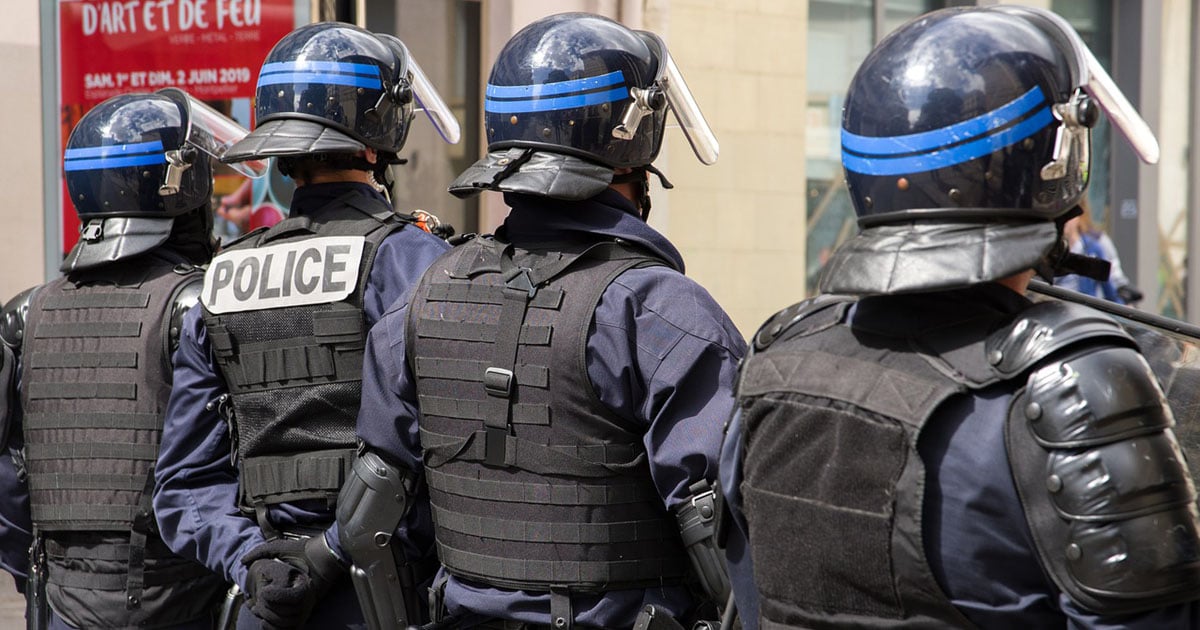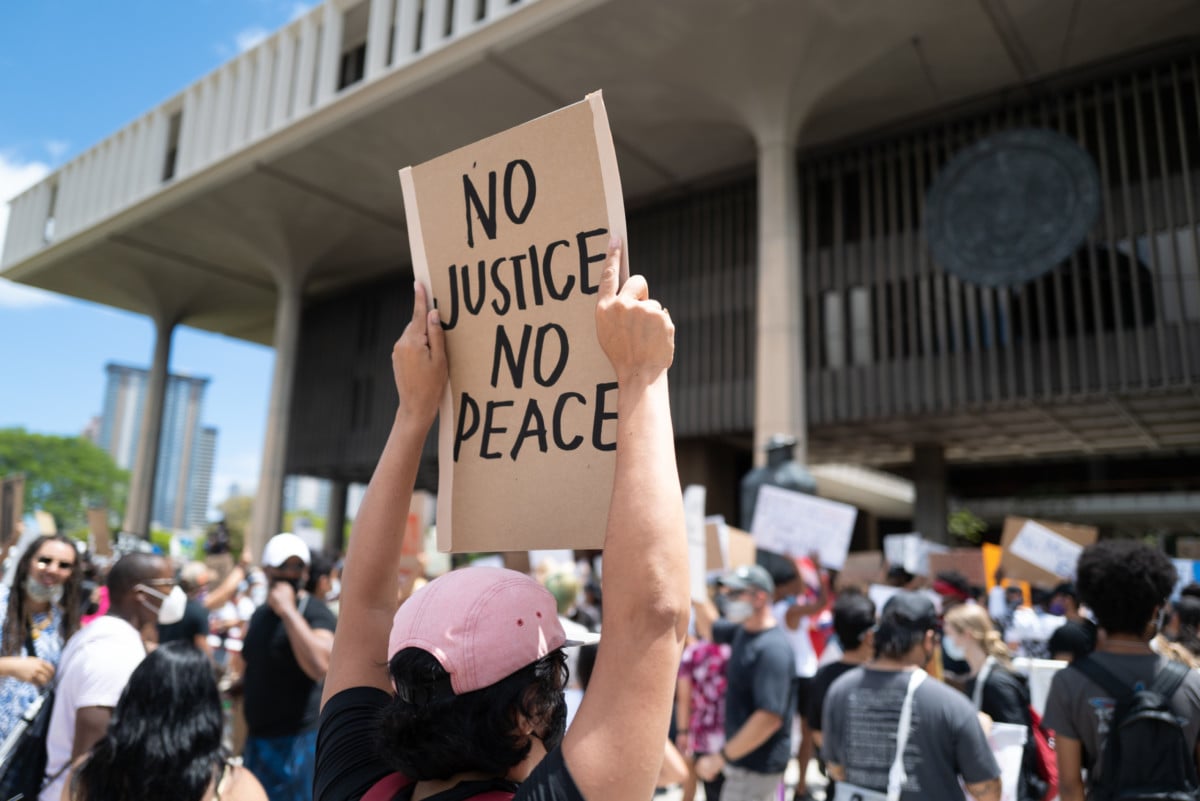Protests Erupt in France Over Proposal to Limit Publication of Images of Police
Protests have erupted across France over a proposed security law that would greatly limit the publication of images of police officers. The controversial
The controversial Article 24 in the new Global Security Bill pushed by French President Emmanuel Macron’s government and police unions would make it illegal to publish images of police officers with the intent to cause them harm. Offenders would face up to a year in jail and a fine of €45,000 (~$53,000).















